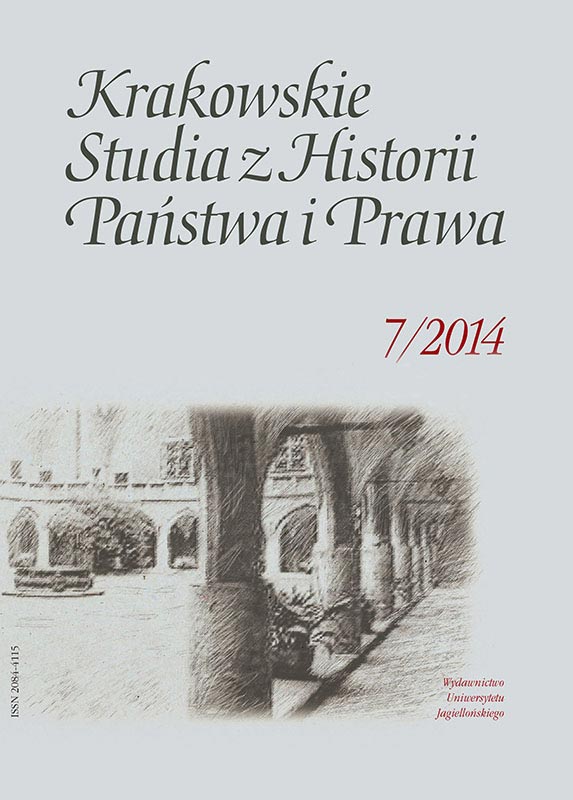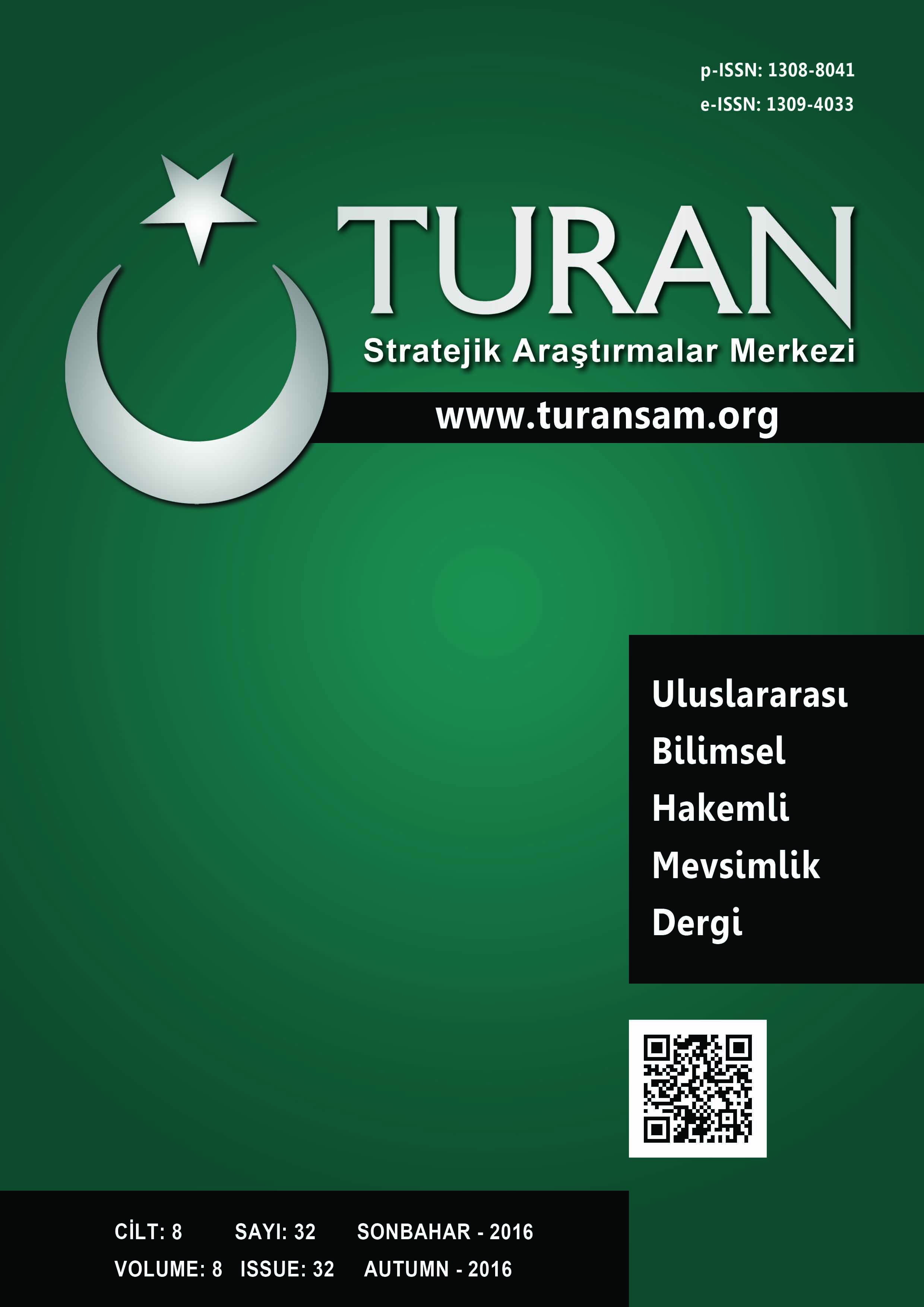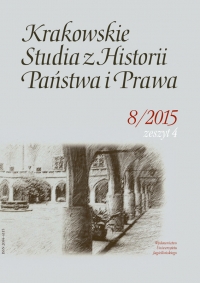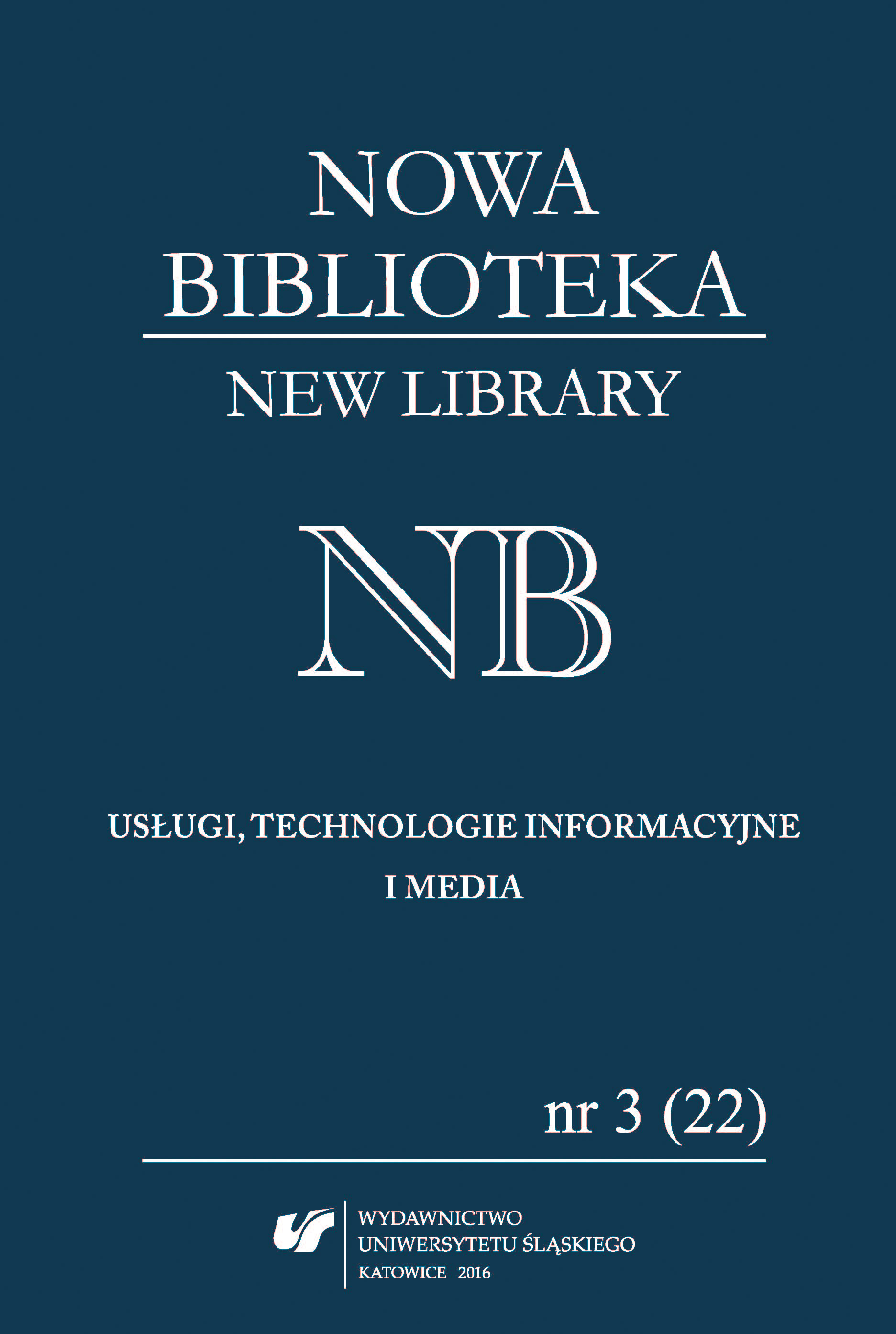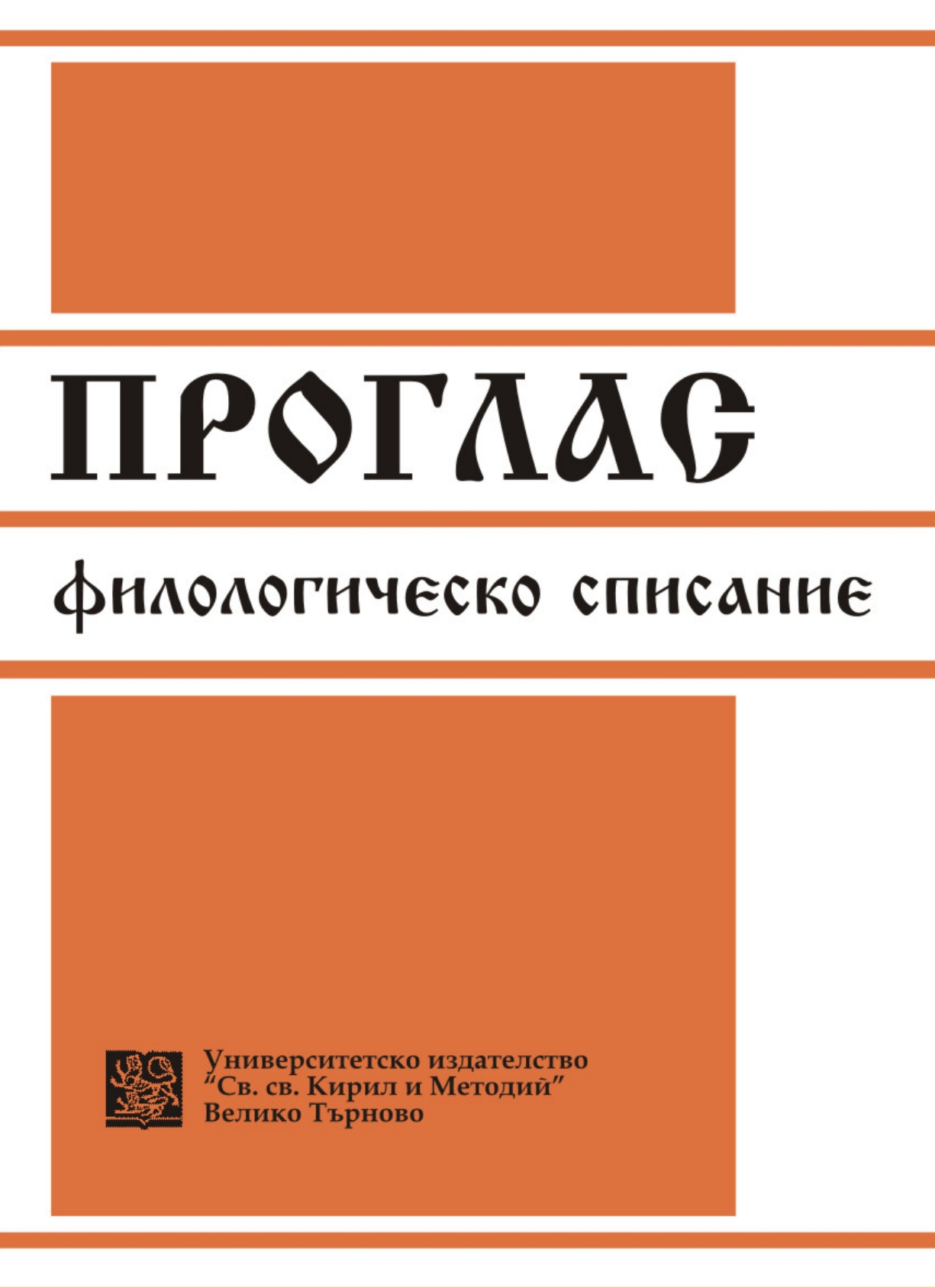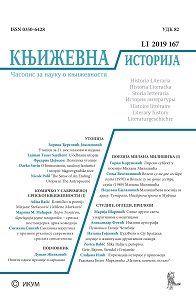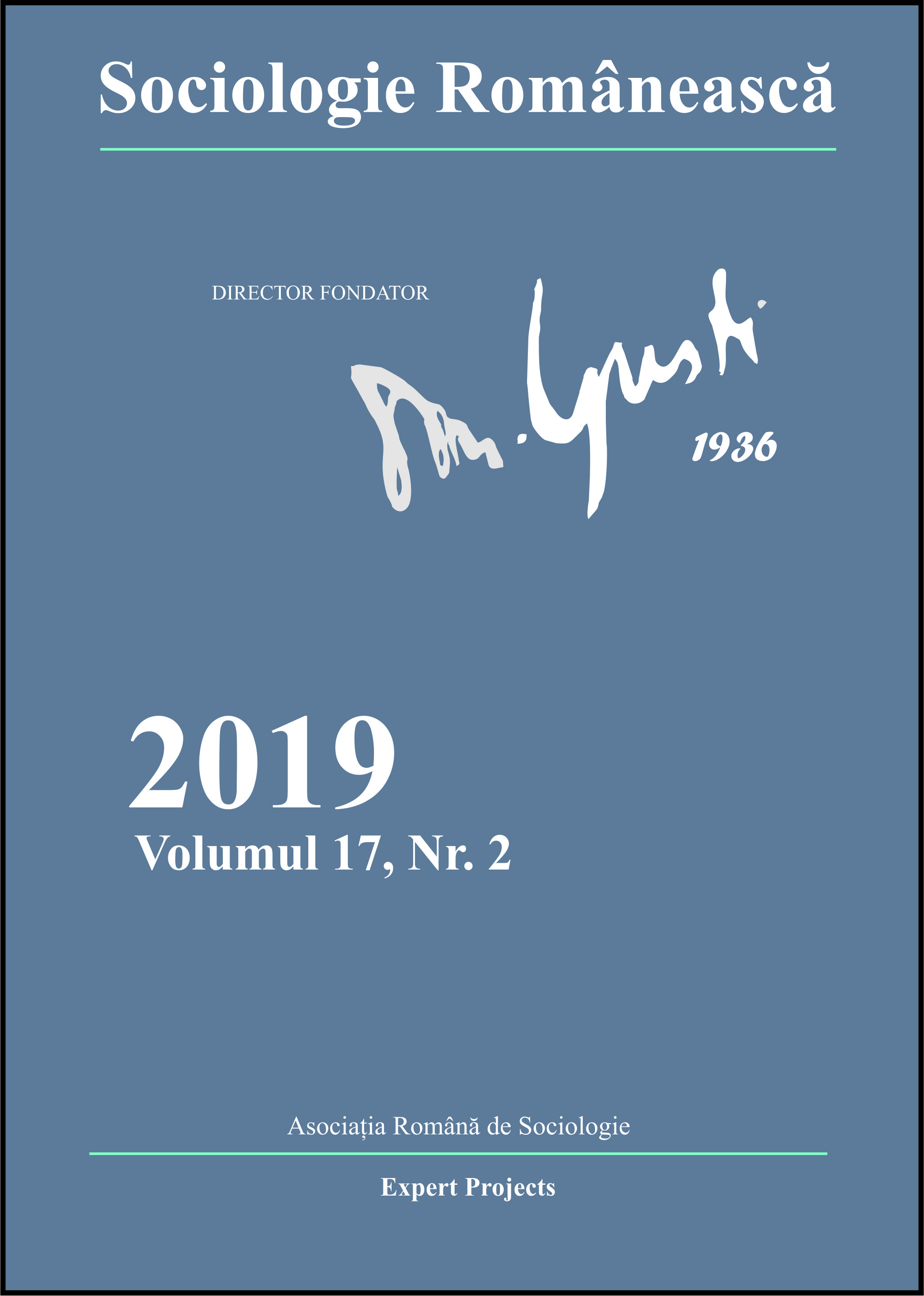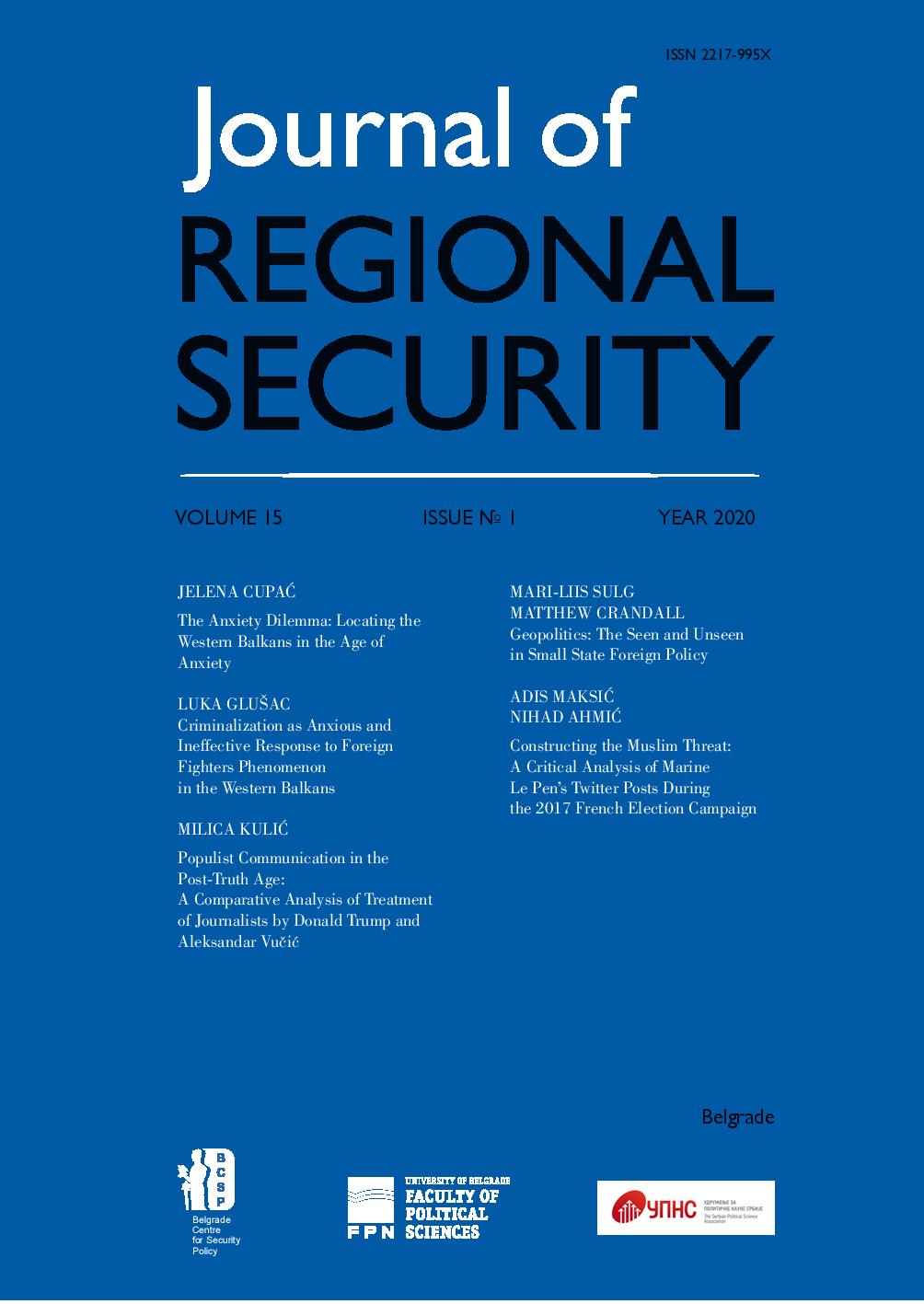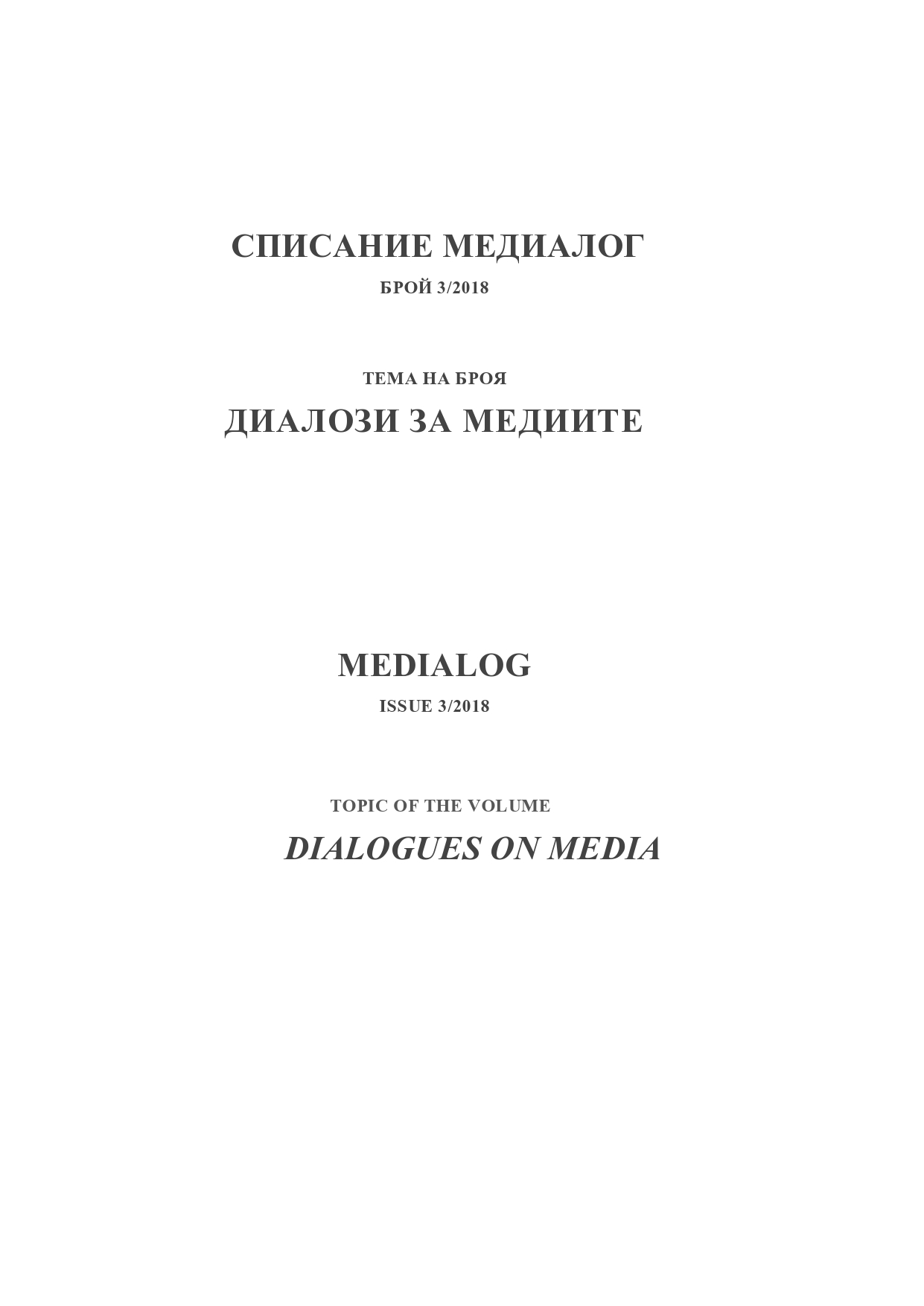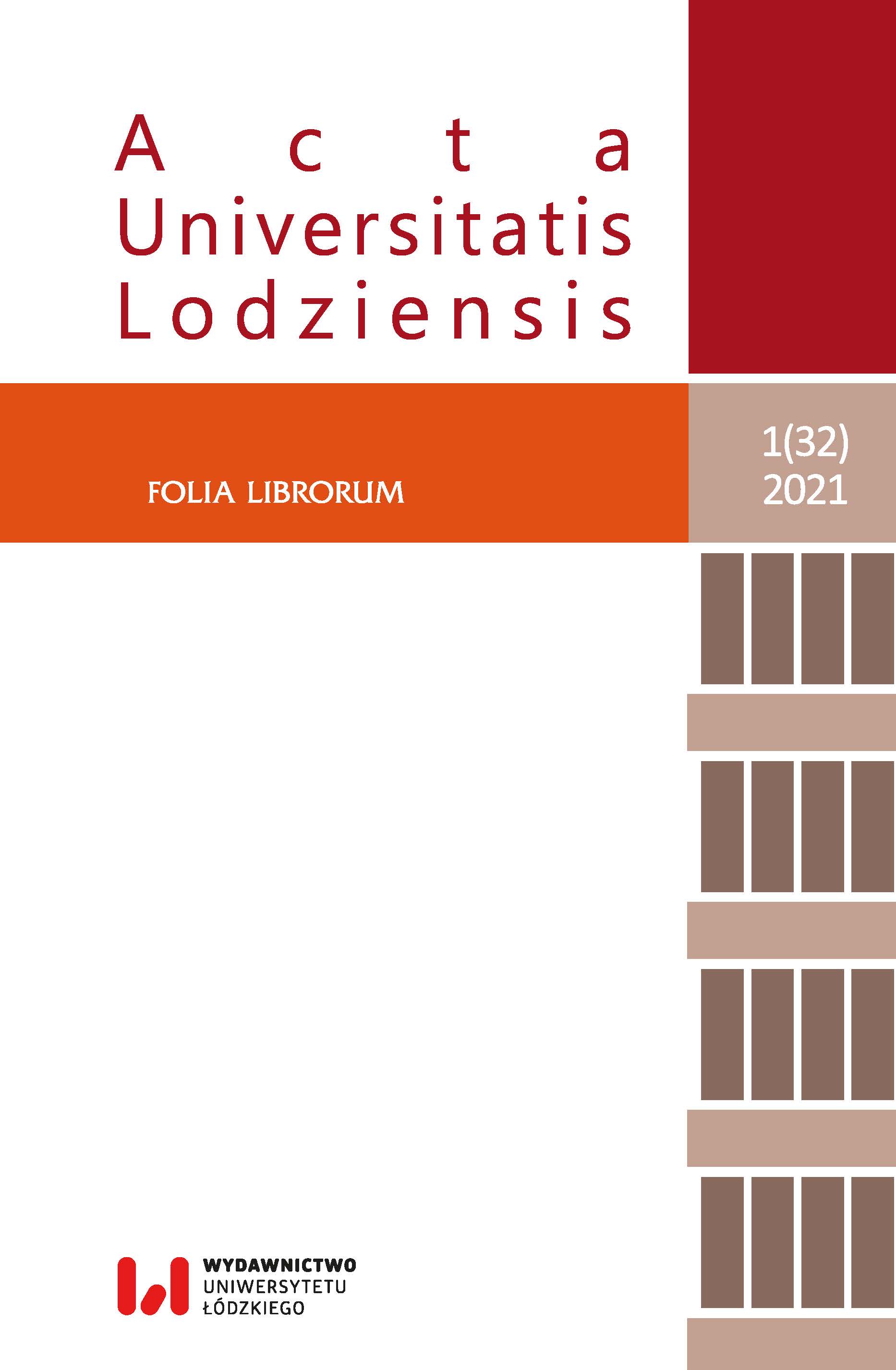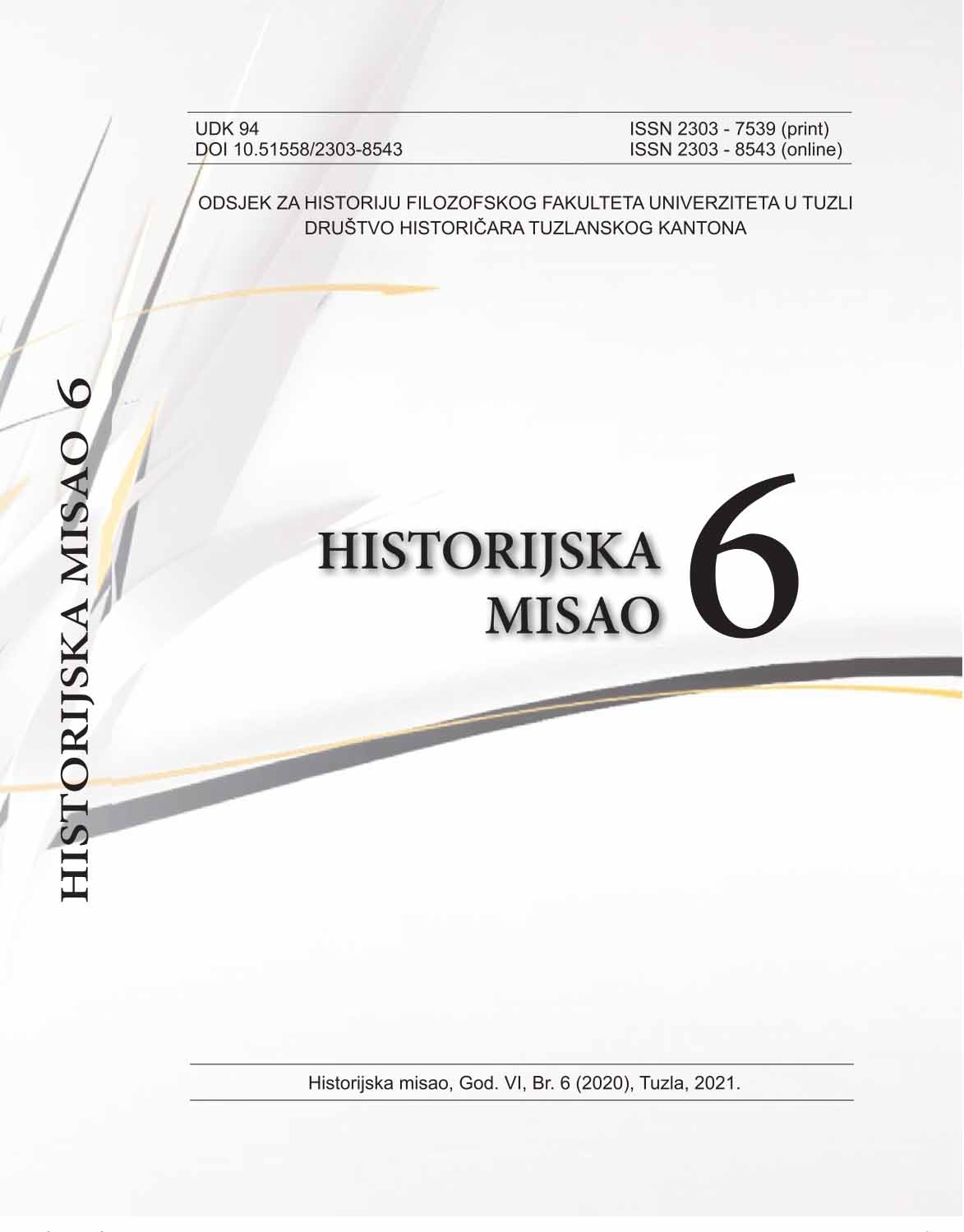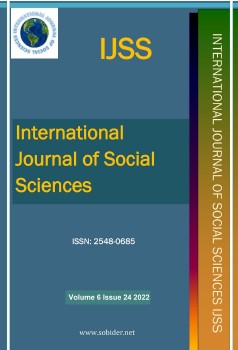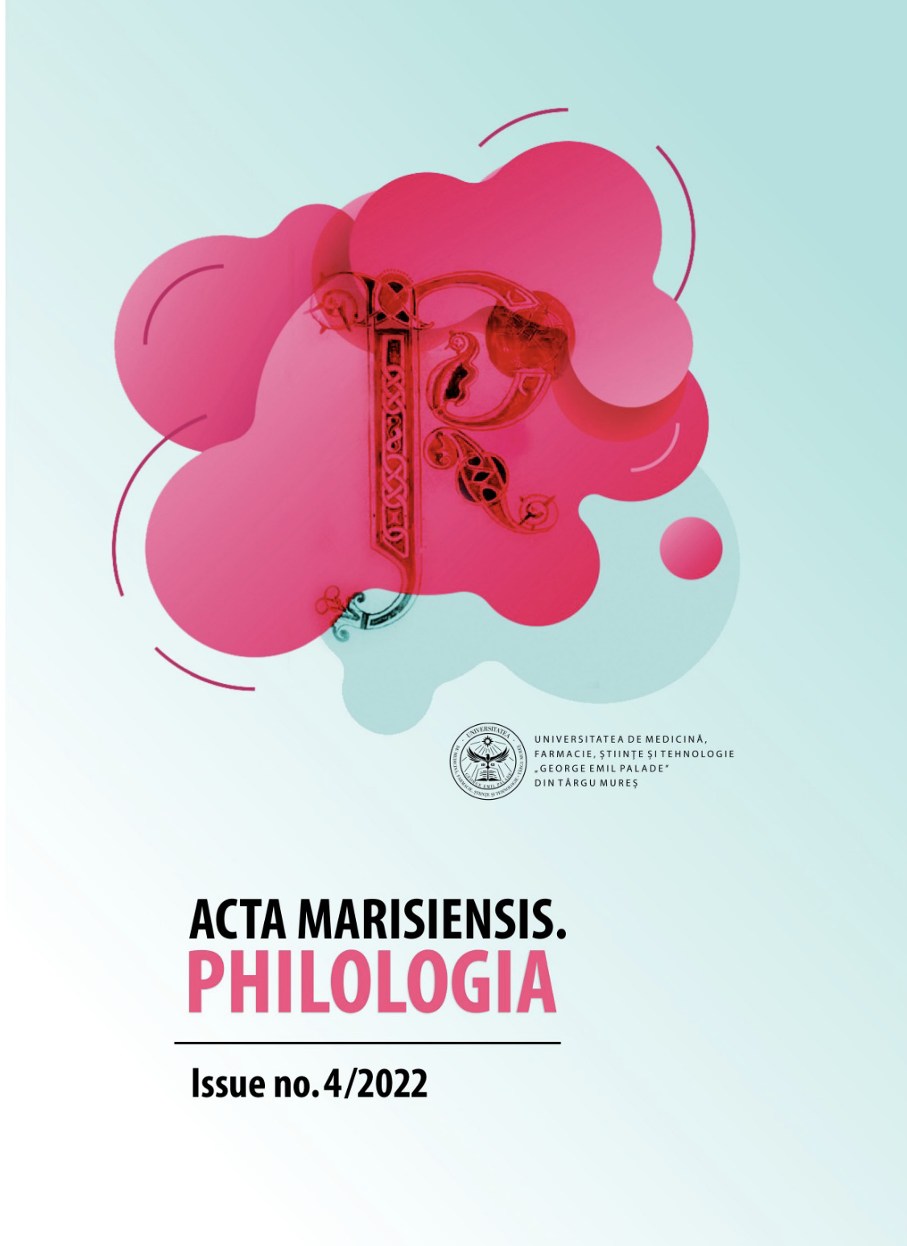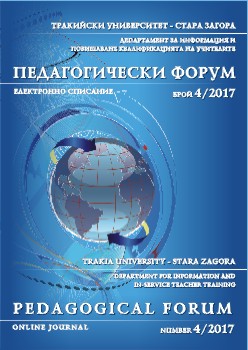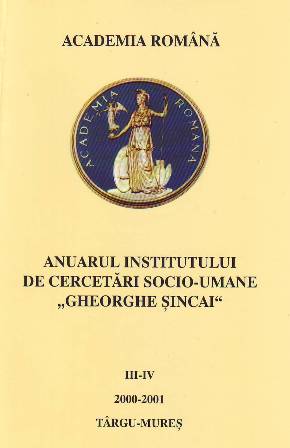
The University City of Cluj at the End of the 19th Century and the Beginning of the 20th Century – the Environment of Ethnical-Confessional, Cultural
Clujul universitar la sfârşitul secolului al XIX-lea şi începutul secolului XX – mediu al confluenţelor etno-confesionale, culturale şi politice
Keywords: Cluj; university centre; Transylvania; Central Europe; high education institutes; multiethnic character
At the end of the 19th century and the beginning of the 20th century, Cluj was the most important university centre in Transylvania. This, because the following high education institutes were functioning here: the “Franz Joseph” University, the Academy of Agronomy from Cluj-Mănăştur, the Academy of trade, The High Institute of drawing, the Academy of music and three theological institutes (Protestant, Roman-Catholic, Unitarian). These institutes were attended by young people from all the Transylvanian area: Hungarians, Germans, Romanians, Jews but from outside this space too, from the Banat, Voivodina, Hungary, Slovakia, the Sub-Carpathian Ukraine, fact that is reflected in the ethnical and confessional composition of the students. At the University, for example, according to the mother tongue, the average situation was as it follows: 80% Hungarians, 8-12% Romanians, 5-8% Germans, .50% Slovakians, .50% Serbians and, in very small percentages, Croatians, Ruthenians, Italians etc. Evidently, the most important proportion is that of the Hungarian students, demonstrating the school policies in the period of the Dualism, which favoured the Hungarian element. But, beyond these statistical realities, the students’ daily cultural life reflects, in the same way, the ethnical and confessional confluence in the university environment of Cluj, between 1872-1919, which marked the development of the intelligentsia in the Central European space.
More...
